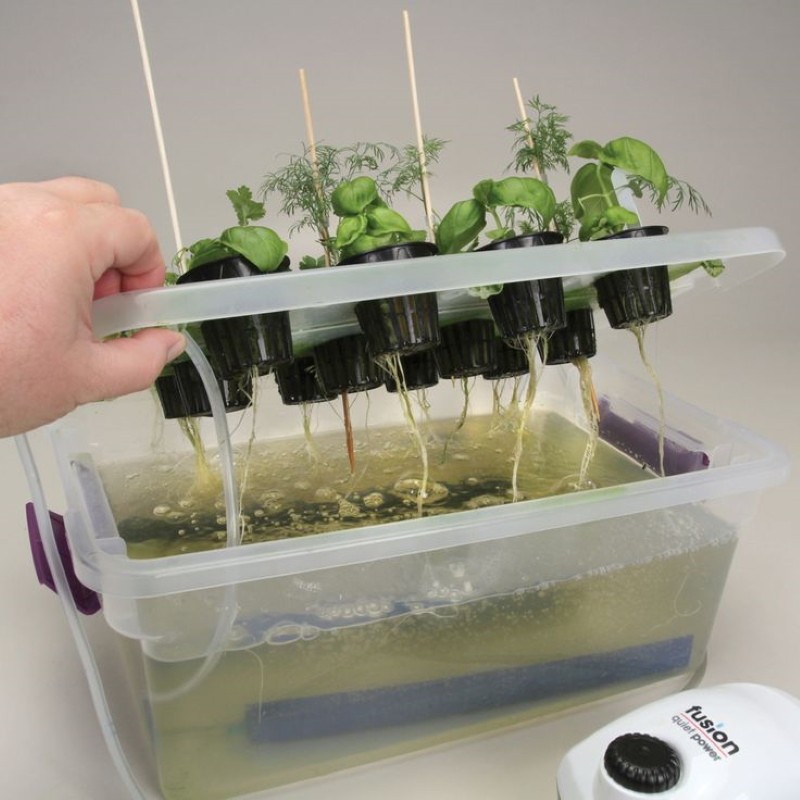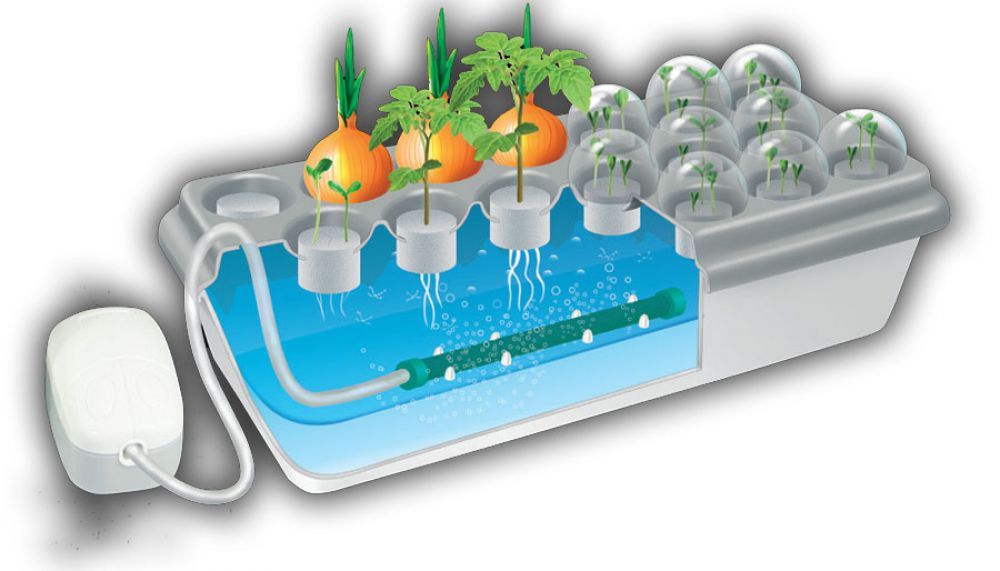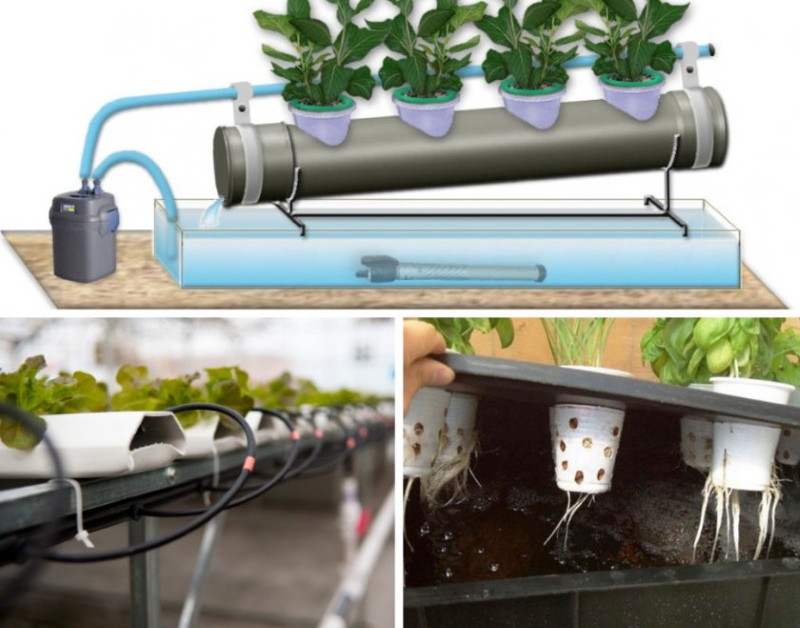Hydroponic plant for growing greenery - how to do it yourself
 Fresh greens all year round are no longer a dream, but a modern reality. And for this it is absolutely not necessary to have a free piece of land and an expensive greenhouse. A hydroponic plant for growing greenery allows you to get natural vitamins without unnecessary trouble and without using land. And if conservatives still prefer to tinker in the beds, then those who keep up with the times have long been using hydroponics.
Fresh greens all year round are no longer a dream, but a modern reality. And for this it is absolutely not necessary to have a free piece of land and an expensive greenhouse. A hydroponic plant for growing greenery allows you to get natural vitamins without unnecessary trouble and without using land. And if conservatives still prefer to tinker in the beds, then those who keep up with the times have long been using hydroponics.
What are the benefits of hydroponics

Hydroponics has many advantages over farming:
- Uniform nutrition eliminates the risk of shortage or excess of fertilizers needed for development.
- Additional feeding is not needed - everything is already in the solution, which the plants receive constantly.
- Thanks to the aquatic environment, there are no weeds and pests.
- There is no need for transplants.
The only drawback of hydroponics is the cost of purchasing equipment and special fertilizers. But in the future, these costs quickly pay off. And for small scales, similar installations can be done at home.
DIY hydroponic plant for growing greenery
 If there are available funds, it is more convenient, of course, to purchase ready-made installations. They come disassembled, but it will not be difficult to assemble. This option is suitable for those who plan to do hydroponics on an industrial scale. If you need dill, onion or parsley only for your own needs, it will be cheaper to craft everything yourself.
If there are available funds, it is more convenient, of course, to purchase ready-made installations. They come disassembled, but it will not be difficult to assemble. This option is suitable for those who plan to do hydroponics on an industrial scale. If you need dill, onion or parsley only for your own needs, it will be cheaper to craft everything yourself.
For a hydroponic home green garden bed you will need:
- a tank for an aquatic environment with a lid (opaque so that the water does not bloom), with a volume of 40 liters, depending on the number of plants;
- plant pots with drainage holes to be inserted into this tank;
- aquarium compressor for oxygenation of the nutrient solution;
- spray stone;
- special concentrate - a mixture of fertilizers for hydroponics;
- substrate for plants (coconut fiber, expanded clay, vermiculite, perlite or mineral wool);
- and a timer is desirable so that the system itself turns on and off.
Make holes in the lid of the tank according to the diameter of the pots and install it in place. Connect the compressor to the tank via a flexible tube through the top. Place a spray stone on the tip of the tube that goes into the tank.
It remains only to fill the pots with the substrate and plant the seedlings, and pour the nutrient solution into the tank. Carefully read the instructions and observe the exact dosage, measuring the concentrate with a syringe. Concentrates based on potassium nitrate, magnesium nitrate and orthophosphoric acid are suitable for growing greens.